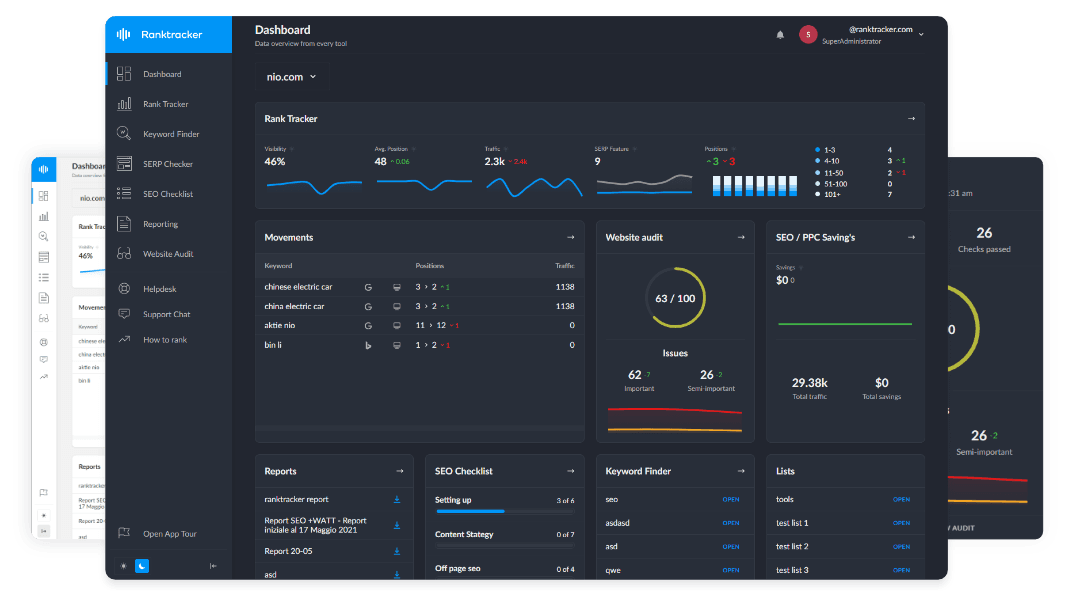Intro
Local SEO in South Korea is unique due to the dominance of Naver, Daum, and Google Korea (google.co.kr). Unlike in Western markets, Google is not the primary search engine, making it crucial for businesses to optimize for Naver SEO, local citations, and mobile-first experiences.
Understanding the Local SEO Landscape in South Korea
South Korea has a highly competitive and digital-first economy, with consumers relying on local search engines for discovering businesses. The main platforms for local search include:
- Naver (naver.com) – The largest search engine in Korea.
- Daum (daum.net) – A secondary search engine operated by Kakao.
- Google Korea (google.co.kr) – Used for international searches.
- Kakao Map (map.kakao.com) and Naver Map (map.naver.com) – Important for local search visibility.
Businesses that wish to rank in local search results must prioritize Naver SEO, mobile optimization, and location-based strategies.
Key Local SEO Strategies in South Korea
1. Naver SEO Optimization
Since Naver dominates local search, businesses should focus on optimizing for its algorithm:
- Register on Naver Webmaster Tools (webmaster.naver.com).
- Optimize for Naver Blog (blog.naver.com) by creating high-quality content.
- Leverage Naver Knowledge iN (kin.naver.com) for Q&A marketing.
- Get listed on Naver My Business (place.naver.com).
- Use Korean-language SEO strategies, as Naver favors native-language content.
2. South Korean Business Directories & Local Citations
Listing your business in high-authority South Korean directories strengthens local rankings. Essential platforms include:
- Naver My Business (place.naver.com)
- Daum Places (map.daum.net)
- Kakao Map (map.kakao.com)
- Naver Blog and Café (cafe.naver.com)
- ZUM Directory (zum.com)
Ensuring consistent NAP (Name, Address, Phone Number) details across these platforms enhances credibility and rankings.
3. Localized Keyword Targeting in Korean
Unlike Google, Naver and Daum prioritize local, short-tail keywords. To optimize:
- Use Korean-language keywords (e.g., "서울 최고의 카페" for “Best café in Seoul”).
- Optimize title tags, meta descriptions, and headers in Korean.
- Focus on location-based keywords relevant to Seoul, Busan, and other cities.
- Research trending queries using Naver Data Lab (datalab.naver.com).
4. Naver Blog & Content Marketing
Naver prioritizes blog content over external websites, making Naver Blog SEO a critical strategy. To improve rankings:
- Post regular, high-quality blog content.
- Use Korean hashtags and keywords in blog posts.
- Engage with followers and encourage comments.
- Link blog posts to your business page.
5. Mobile Optimization & Voice Search Readiness
Since over 90% of South Koreans use smartphones, businesses must:
- Ensure a mobile-friendly website optimized for Naver’s mobile-first index.
- Use KakaoTalk Business for customer engagement and chat-based SEO.
- Implement structured data (Schema markup) to improve visibility.
- Optimize for voice search (e.g., "가까운 헤어살롱 어디야?" – “Where is the nearest hair salon?”).
6. Local Link Building & Influencer Collaborations
Building high-quality backlinks from South Korean domains is essential. Strategies include:
- Collaborating with local influencers on Naver Blog and Instagram.
- Getting featured in local online news publications.
- Guest blogging on popular Korean websites.
- Sponsoring local events for community recognition.
7. Social Media & Online Reputation Management
South Korea has unique social media ecosystems, with platforms such as:
- KakaoTalk (kakaotalk.com) – The top messaging and business communication app.
- Naver Café (cafe.naver.com) – Community-based discussion forums.
- Instagram Korea (instagram.com/kr) – Used for visual branding and local engagement.
- YouTube Korea (youtube.co.kr) – Effective for video-based SEO.
Encouraging customer reviews on Naver, Kakao, and Daum Places can significantly impact rankings and conversions.
8. Tracking & Measuring Local SEO Success
To monitor SEO performance in South Korea, use:
- Naver Webmaster Tools for search analytics.
- Google Search Console (for international targeting).
- Kakao and Daum business insights.
- Keyword tracking with Ranktracker.
Common Local SEO Challenges in South Korea
1. Naver vs. Google SEO Differences
Naver doesn’t use backlinks as a ranking factor like Google. Instead, it prioritizes content freshness, engagement, and blog-based authority.
2. Language & Cultural Adaptation
Korean consumers prefer localized and culturally relevant content, making Korean-language SEO essential for success.
3. Local Competition in Major Cities
Cities like Seoul, Busan, and Incheon have highly competitive digital landscapes, requiring stronger engagement and influencer marketing.
4. Reputation Management on Naver & Kakao
Reviews on Naver Places, Kakao Map, and Daum influence consumer trust, making proactive reputation management crucial.
Conclusion
Successful local SEO in South Korea requires a Naver-first approach, Korean content optimization, mobile-first design, and local citation strategies. By implementing Naver SEO best practices, local business directory listings, influencer collaborations, and mobile optimization, businesses can achieve higher visibility, increased local traffic, and improved customer acquisition in the South Korean market.

